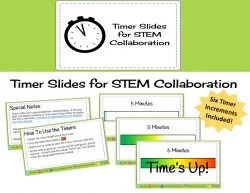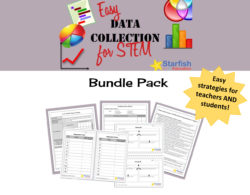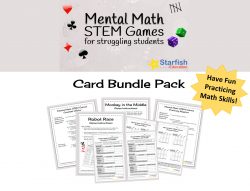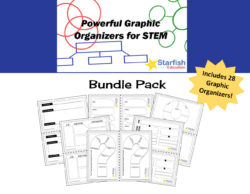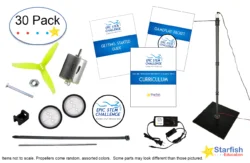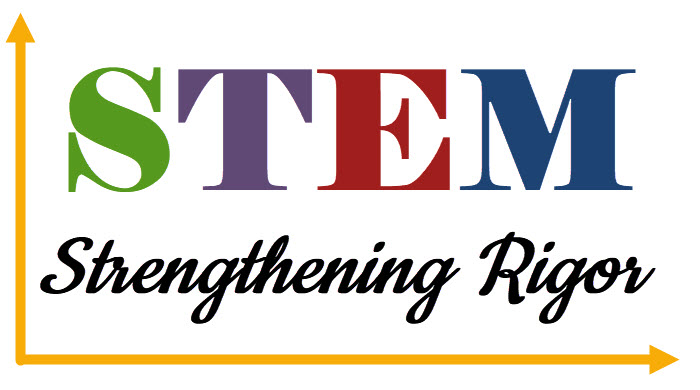
Rubrics are a best-practice way to establish rigor and hold students to high standards in the classroom.
Using rubrics to maintain rigor can be used in two ways:
- Students- to demonstrate the expectations and levels of mastery for the lesson/project
- Teachers- to assist in planning rigorous lessons for students
Using rubrics is a clear-cut way to define expectations and establish rigor in the classroom. By providing a set of “guidelines” for student achievement, rubrics help students to understand the expectations. A thorough rubric also helps students progress from understanding the basic components to thinking deeply and not only demonstrating mastery, but applied skills like problem solving.
Work with students to construct a rubric. Be sure that the categories and the levels of mastery within each one are appropriate and make sense to students. As you write each mastery level, take special care to choose your words carefully, making sure that each level is one step above the prior. Rubrics should not be too cumbersome, but should be tightly written to ensure high standards and work towards applied knowledge.
As teachers, we can benefit from rubrics as well. Many rubrics have been developed to help teachers establish rigor when planning lessons, projects, or units. By keeping a rigor rubric handy, we can keep rigor at the forefront of our planning and thus construct better and more rigorous lessons for students.
Read more about using rubrics in STEM!
Subscribe to Stay Connected!
-
Timer Slides for STEM Collaboration
$2.95 -
Easy Data Collection for STEM- Bundle Pack
$16.95 -
Mental Math STEM Games- Card Bundle
$16.95 -
Powerful Graphic Organizers for STEM- Bundle Pack
$16.95

